
This logo isn't an ad or affiliate link. It's an organization that shares in our mission, and empowered the authors to share their insights in Byte form.
Rumie vets Bytes for compliance with our
Standards.
The organization is responsible for the completeness and reliability of the content.
Learn more
about how Rumie works with partners.
Did you know that the first sanitary pad that your mother ever handed you (while hopelessly avoiding eye-contact with you) is still lying somewhere rotting in a landfill or polluting the ocean? And it's not just YOUR pad. Even the first one created in 1896 has still not decomposed!
That's because sanitary napkins are 90% plastic and take anywhere from 500-800 years to decompose! And with an average woman using roughly 16,800+ sanitary napkins in her lifetime, our periods are racking up a huge toll on Mother Earth.
But is plastic pollution the only reason why we must consider alternatives to sanitary napkins?
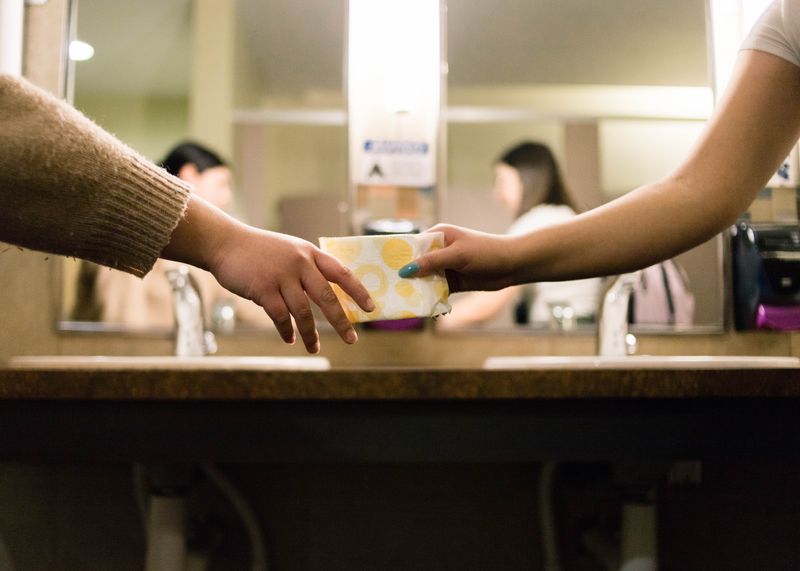 Photo by Annika Gordon on Unsplash
Photo by Annika Gordon on UnsplashWhy consider alternatives to disposable menstrual pads?
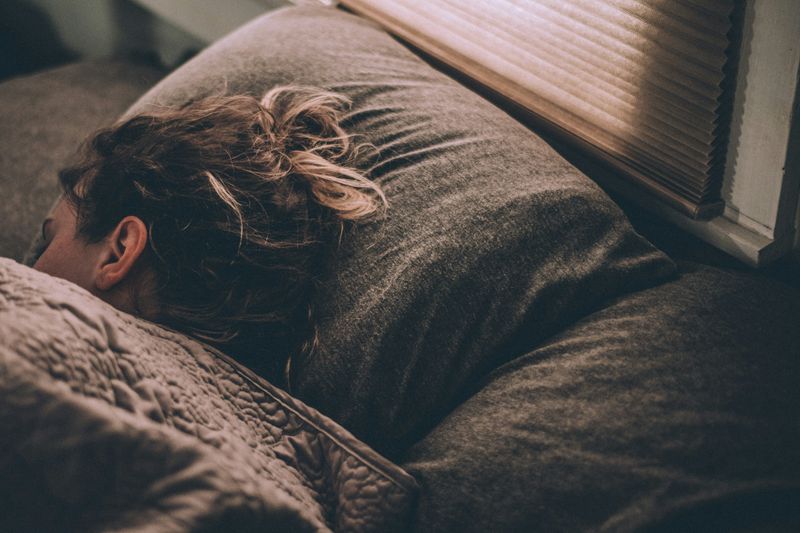 Photo by Greg Pappas on Unsplash
Photo by Greg Pappas on UnsplashLimitations
Sleeping with a sanitary napkin is a total pain and you can't go to the beach or swim in a pool with a bulky pad on.
Not all menstruators have access to dustbins or privacy to dispose of pads with dignity.
 Photo by Nathan Cima on Unsplash
Photo by Nathan Cima on UnsplashAccessibility
In rural areas, urban low-income settlements, refugee camps, and homeless centers, access to sanitary napkins is limited.
Often sanitary napkin companies don't have supply chains in certain areas or don't cater to underprivileged markets.
 Photo by Online Marketing on Unsplash
Photo by Online Marketing on UnsplashInfections and Thrush
Using disposable pads when worn for a long time can sometimes lead to:
infections of the lower reproductive tract
bacterial vaginosis
yeast infection
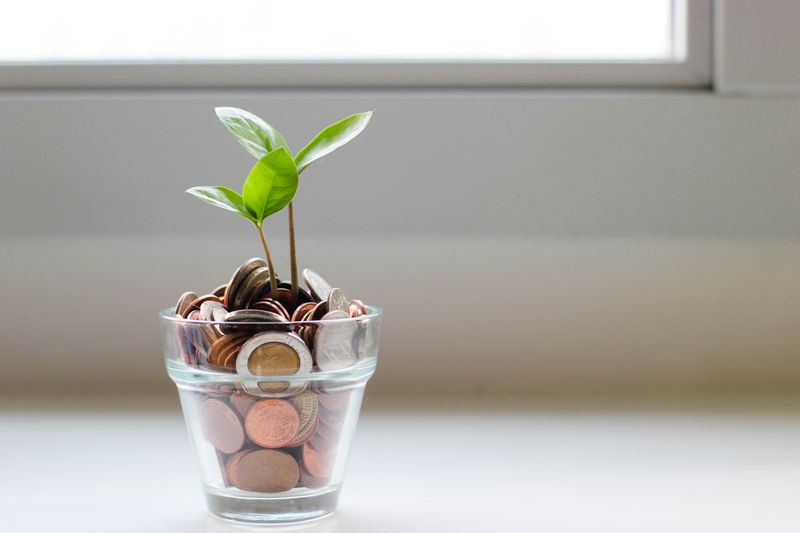 Photo by micheile || visual stories on Unsplash
Photo by micheile || visual stories on UnsplashAffordability
For many women, sanitary napkins are a luxury. Some use rags or husks, or skip school during this time.
Many don't have the means to purchase sanitary napkins on a monthly basis for multiple menstruators at home.
I'm sold! What are my options for a sustainable period experience?
Depending on where you live, and the amount of time and money you're willing to invest on your sustainable menstrual journey, you could find an array of choices for a healthier, more hygienic and eco-friendly period experience.
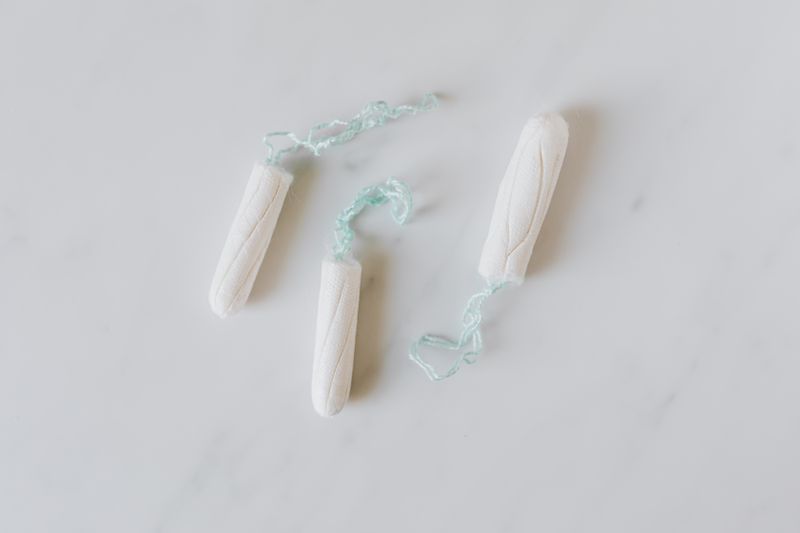
Tampons
These look like a plug of soft material inserted into the vagina to absorb menstrual blood. They come with or without an applicator.
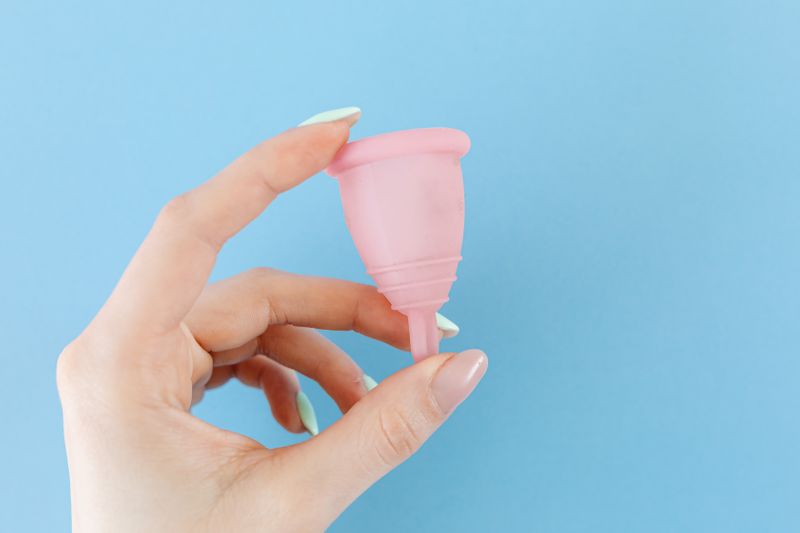
Menstrual Cups
A menstrual cup is a small, flexible funnel-shaped rubber or silicone cup that can be inserted into your vagina. It has to be washed & boiled each time before use. It can be folded into different shapes for easy insertion.
You can swim, skip rope, exercise, and run with them.
They can be used for 6-12 hours.
Similar to tampons, you might have issues with the learning curve, availability, and hymen injury.
Reusable Pads
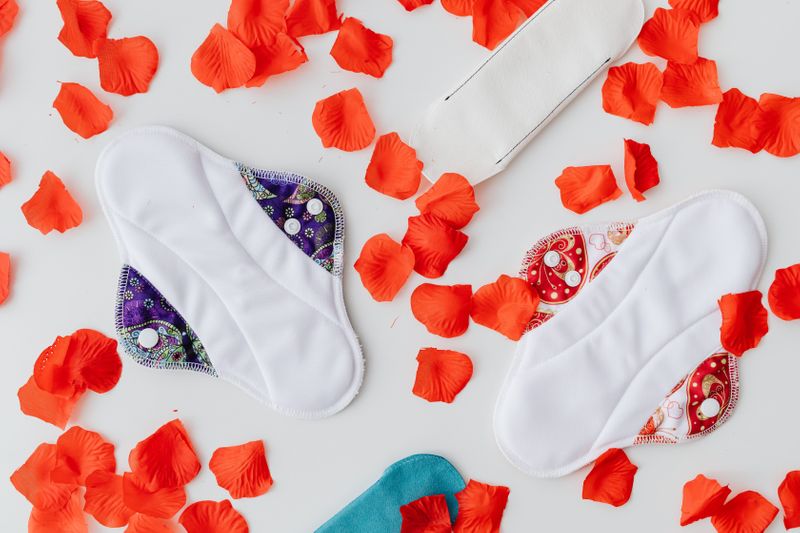
Reusable pads look like normal sanitary napkins in shape and size but are made from cloth and buttons and can be washed and dried multiple times. They have several layers of soft easily washable material inside them.
They can last up to 2 years if you take good care of them.
They need to be dried in the sun.
They can be worn for 4-5 hours depending on your flow.
You can make one yourself by watching a YouTube video and using a sewing machine.
Period Panties

These are undergarments that are specially designed for you to wear during your period as they absorb your blood flow.
Quiz
When did the first disposable pad hit the market?
According to Hello Clue, the first commercial period products for a mainstream audience appeared in catalogues by the 1890s.
Did you know?
This Byte was created by a volunteer professional that wanted to share this insight to help you succeed - no agenda, no cost.
Let's start making menstrual choices
Now that you know all the popular menstrual options available for you, you can start considering what factors are most important to you.
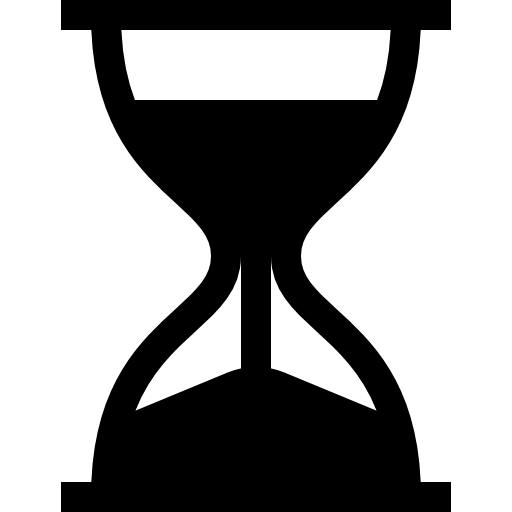
Longevity
Menstrual cups, reusable cloth pads, and period panties last the longest. They don't need to be thrown away and when used appropriately, they can last several years.

Comfort
Once you get comfortable with tampons or cups, you barely know that you're wearing one. You can even sleep while wearing them but of course, they do come with a warning of toxic shock syndrome if worn for too long.

Eco-friendliness
Cups would be the most sustainable choice and now they're replacing the plastic with materials like algae.

Affordability & Accessibility
Making your own menstrual reusable pad is the best option as materials are easy to source and it doesn't require extensive sewing experience.
Quiz
Rita, your cousin living in a rural Sindh, wants to practice better menstrual hygiene. She wants your advice on the best menstrual product. Which option would you suggest to her?
Rural areas often have challenging internet infrastructure n=and many online stores don't cater to smaller villages or cities. This is why it may be best for her to make her own reusable pad.
Take Action

What immediate things can you do to become an eco-friendly menstruator?
This Byte has been authored by
Saba Khalid
Founder & CEO at Aurat Raaj
This Byte has been reviewed by
Lana Do
MD, MPH, BCMAS